The differences in film and digital photography are pretty noticeable! Once you understand them, you’ll be able to tell which images were probably taken with film and which ones were probably taken with digital. In a previous post I talked about the reasons I love to shoot both mediums. They both have pros and cons, and that’s why I love to use them together—to get the best of both worlds!
Today I want to really dive into what film photography is, and how it differs from digital photography. (While also keeping it simple and easy to understand.)
What film photography is:
- Very cool — when you click the shutter, light floods into the lens, exposes the film (paper), and a picture is formed. (Think: Polaroids)
- Beautiful — The beautiful colors of film (which are determined by which film stock you chose to shoot on) are unbeatable (in my opinion). The look of film will always be so classic, timeless, and stunning.
- Easy to Shoot — Believe it or not, I really think it’s easier to shoot than digital photography. To shoot film, it’s best to use an external light meter, and that is because internal camera meters aren’t always very accurate. When you use an external meter, you take the light reading, and then set your camera accordingly. The hardest part is learning how to take the reading. The rest is pretty easy! (Note: an external light meter is used to get the light reading as accurate as possible. Using a digital camera, you can look at the back of the camera after taking a photo to see if your lighting is good, but you can’t do that with a film camera, so it’s important to get the reading accurate the first time.) With a digital camera, you have to worry about a lot of other settings to make the image turn out great, like setting the white balance for example. With film, you take your light reading, adjust accordingly, and shoot!
- Amazing in the sunlight — Film retains the highlights of an image so well. That means that it does a good job of keeping all the detail in the bright, white parts of a photo. Digital is the opposite—digital cameras do a really great job of retaining the details in the dark, black parts of a photo. Because of this, film looks beautiful outdoors, with a lot of light!
What film photography is not:
- Cheap — Buying the film, shipping it to the lab, and paying to have it processed (developed/scanned/edited) is very expensive.
- Quick — Shooting film is a process. First you have to buy the film (probably online, which means you have to wait to have it shipped to you), then after you photograph on it, you have to fill out a form, package it, and mail it off to the lab. Then, the lab will process it and email you the digital photos, and mail back your negatives. This is about a 2-week timeline for getting back photos.
- Made for the Dark — Film cameras, on their own (without flash), do not work in the dark. Without a good amount of light, you’ll end up with very dark and grainy photos.
Does all of that make sense? That was a pretty quick sum-up of the characteristics of film photography. If you have any additional questions about film photography and how it’s different from digital photography, please leave me a comment below and ask! I would love to know if I missed anything. I also wanted to note (without going into too much detail) that I shoot mostly medium format film. There are three different types of film mediums: 35mm, medium format, and large format. 35mm and medium format are the most popular today, and medium format is most-used for weddings and commercial portraiture because the photos are generally larger, and better quality than a 35mm can produce. (If you’re interested in learning more about this, let me know and I’ll do another blog post that dives deeper into the differences in those and 120 vs 220 film.)
Now, on to the fun stuff…let’s compare!
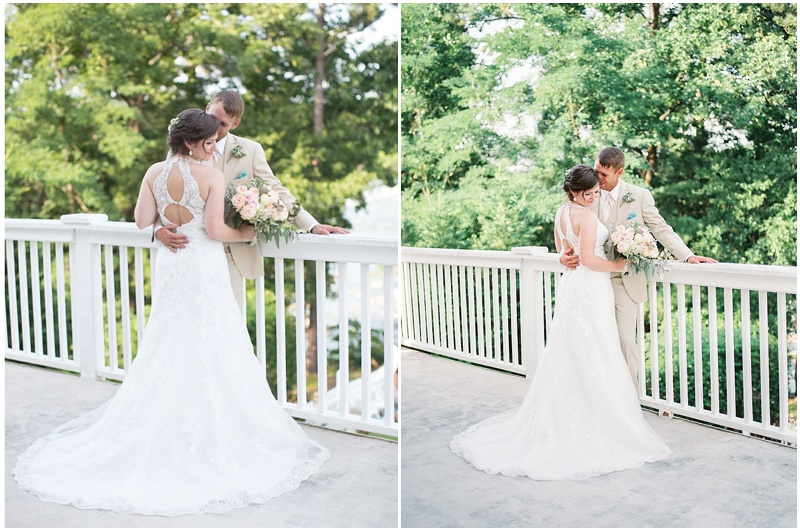
On the left is the unedited, straight-out-of-camera image from my digital camera (called a RAW image). No professional photographer would ever give you a RAW image, but I wanted to show you an example of what a digital image looks like untouched. It’s very desaturated and flat. The reason for this is so you have the freedom to edit it however you’d like—totally untouched, with all the information there, so you can make it what you want! In one of my examples below I used a jpg from a digital camera, so you’ll see that in a second! The film image is on the right. You can really see the differences in the colors and tones of these two images. This film image has more contrast than the digital one, and there’s also a big difference in the way the railings look (they pop much more than on the digital image).
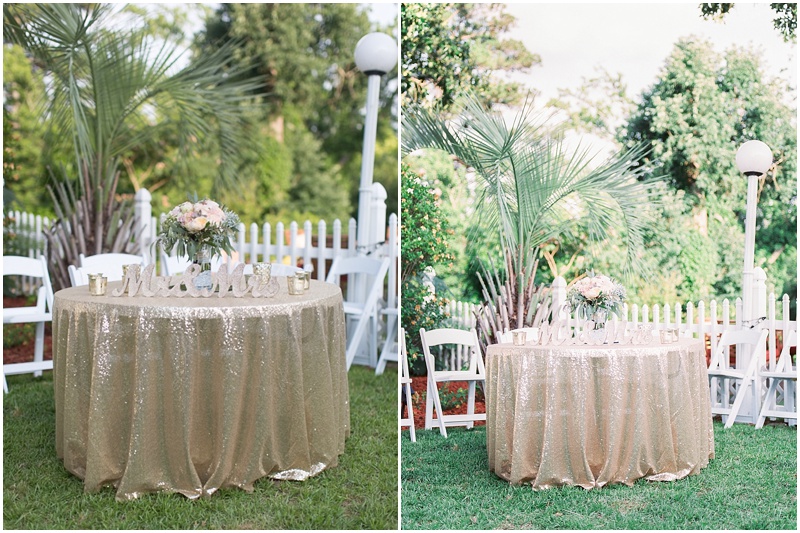
This is one of the best examples I have where the image is exactly the same (whereas some of the other examples are different poses, angles, etc.). The left image is the unedited, digital RAW photo and the film image is on the right. You can really see how the dynamic range of the film image makes the colors and details of everything really pop.

This is the example where I edited the digital photo, so you are seeing an edited jpg on the left. I did a simple, basic edit on that photo, and it helps to really show the differences in color vs film. This film stock was Fuji 400h, which has pretty pastel-colored greens, and generally cooler tones.
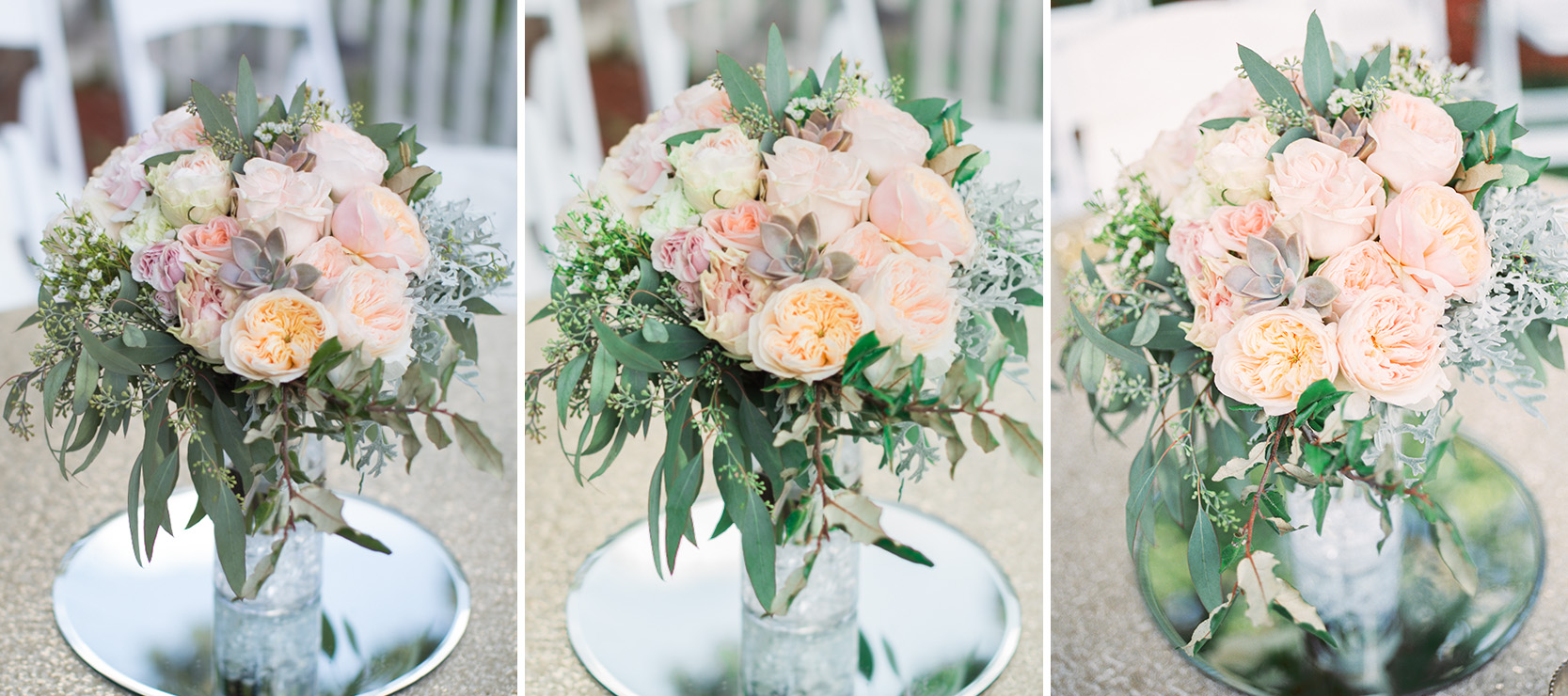
Lastly, beautiful flowers! I think this is the best example of how truly beautiful film is. LOOK AT THOSE FLOWERS (on the right film image). The colors and the creaminess of that image is really amazing, and unmatchable! The left image is the unedited RAW photo, and the middle image is my attempt at matching the digital image to the film. I didn’t do too bad, but you can see that it still just doesn’t compare to the tones in the film image on the right. I adjusted the colors as much as possible to make all the flowers match, which made the table a funky color on the digital image. No matter how hard you try, you just can’t match it perfectly in most cases! (But you can get close!)
So what do you think?! Do you love film as much as I do? This was only one film stock, but it’s my favorite and the one I use the most. If you missed the post on why I love to shoot both film and digital mediums, definitely check that out here.
Now…are you a pro yet? Tell me in the comments below—which one of the images below is film, and which do you think is digital?!
#1.
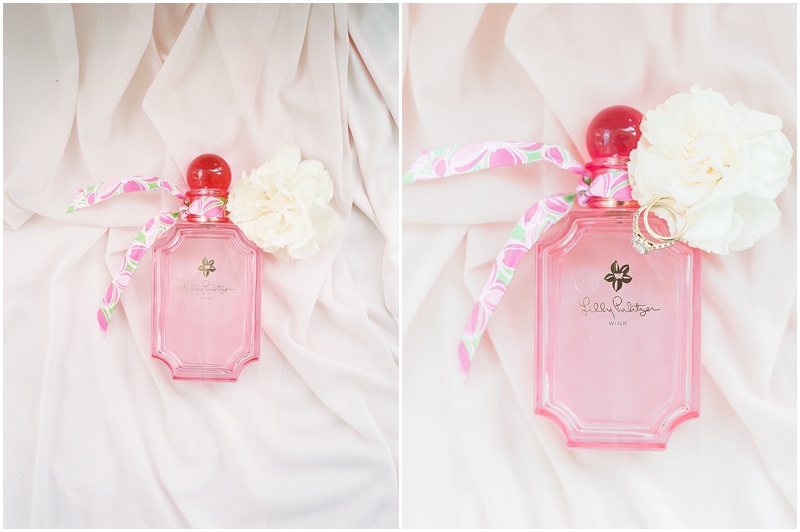
And on this one…which is film and which is digital?
#2.
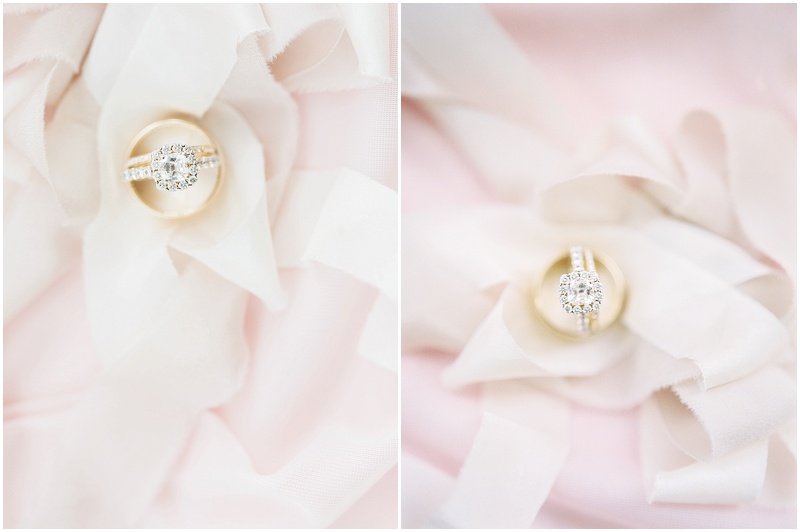
My passion is in documenting the lives of our families well (mine and yours), and teaching you how to do it too. Follow along as I share photography tips, inspiration, and beautiful portraits.
hey! I'm Karly
browse blog by category
weddings
engagements
planning
families
bridals
photo tips
Karly
Hey! I'm
Leave a Reply
keep in touch
join my monthly newsletter
It's free, and you can unsubscribe at any time. Come check it out!
You’re making me fall in love with film photography with your posts! The film photo of the flowers is beautiful!! I love the colors in it. I’m just guessing that both of the 1st photos are film..?
You were so close!! On #1, the first image is film, and on #2, the second image is film!
[…] time-consuming, but the results are so worth it. In a future post I’ll talk more about the differences in film and digital with more comparisons, but for now, here’s why I choose to shoot both mediums (and not just […]
[…] what film is? Check out this post. Wondering how it differs from digital photography? Check out this post. Still have other questions? Click here for FAQs or send me a […]
i miss film , i have nikin d850s and only edit in camera ( stubborn die hard) i refuse to have to fiddle with a computer whenever i use my dslrs , il tweek in camera but thats it , litterally done the end , im thinking of getting another bronica i was always gutted i got rid of it , i loved the getting everything right in camera , i just cant shake it off to a point i still use my sekonic d758 , i totally agree with you,